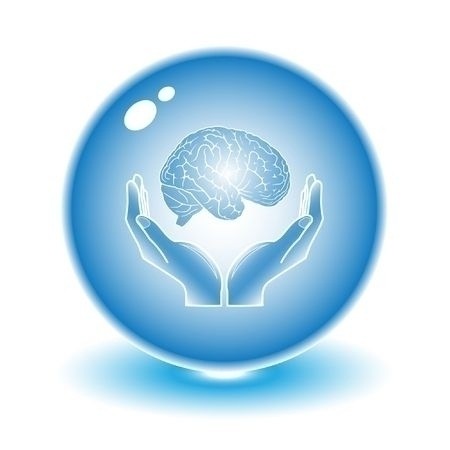Hair Loss Signs and Symptoms
- Male pattern baldness. Thinning or absence of hair at the hairline and top of the head.
- Female diffuse baldness. A gradual thinning of hair, especially on the top of the head. The hairline generally remains intact.
- Broken hairs, or hairs easily removed.
- One or more round or oval bald patches.
What Causes Hair Loss?
In androgenetic alopecia, some hair follicles genetically produce a substance that reacts with male hormones. As you get older, this reaction eventually causes the follicle to shut down. Female diffuse baldness happens more slowly than male pattern baldness because women have a small amount of male hormones in their bodies. A hormone imbalance may make the problem worse.
Temporary hair loss may result from any shock to the body's systems. Reasons include starvation, systemic infection, childbirth, thyroid or immunologic disorders, drugs (especially chemotherapy for cancer), or stress. Hair follicles can be destroyed permanently by scarring from burns, severe scalp infections, x-ray therapy, or skin disorders. Damage may also result from tight hairstyles over a long period of time, chemical treatments such as hair coloring or permanents, or habitually pulling out hair. A fungal condition, called tinea capitis ("ringworm of the scalp"), also causes hair loss. With alopecia areata, or patchy hair loss, the body's immune system attacks the hair follicles, which grow smaller and don't produce as much hair. The condition may have a genetic factor, and often tends to occur in times of stress.
Hair Loss Treatment Options
Treatment options depend on the type of alopecia you have. Aggressive treatment depends how you feel about your hair loss and must be weighed against potential side effects. In many temporary forms of alopecia, the condition will go away without treatment. Surgery may be used to treat men with male pattern baldness for whom medical therapies are ineffective or cannot be used. Options include hair transplants, scalp reduction, and strip or flap grafts.
Suggested Hair Loss Nutritional Supplementation
Basic Support
Men:
- Wellness EssentialsTM for men - 1 packet twice daily.
Daily foundation nutrition with added support for male energy and libido. - Testralin - 3 tablets daily
Testralin is designed for men aged 40 and beyond to support healthy testosterone and estrogen balance and help maintain male reproductive health. - Panto-3 - 3 tablets 2-3 times daily with food.
Nutritional support for healthy hair.
Women:
- Wellness EssentialsTM for Women - 1 packet twice daily.
Daily foundation nutrition with added support for healthy hearts and bones. - Estro Factors - 3 tablets daily
EstroFactors promotes healthy hormone balance in women of all ages by featuring targeted nutrients that support healthy estrogen metabolism and detoxification.
Stress*
- Serenagen (TCB 3) - 2 tablets 2-3 times daily with lukewarm water.
Serenagen† is a classic, comprehensive herbal stress management formula targeting individuals who are "stressed and wired". - *Also see Stress Section
Hair Loss Dietary Considerations
- FirstLine Therapy® Diet






